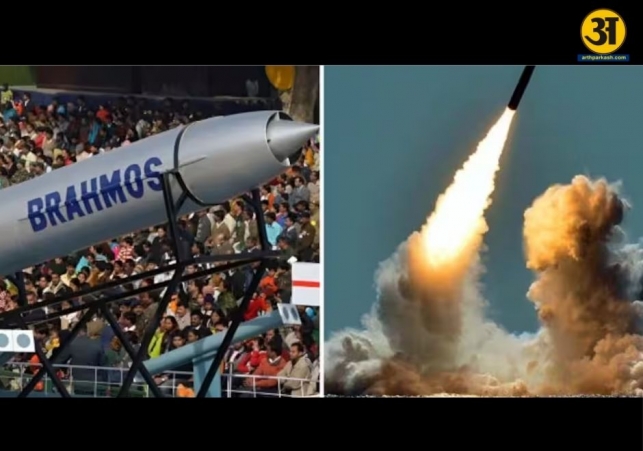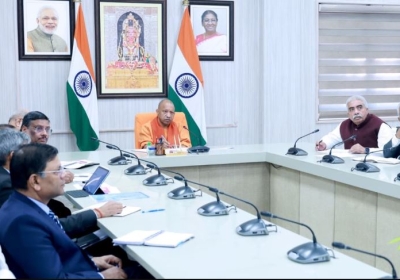
India to test K-6 missile from submarine soon
India set to test K-6 hypersonic missile from submarine, faster than BrahMos
India is getting ready to test a powerful new missile called the K-6. This missile is being developed by the Defence Research and Development Organisation (DRDO). It is a hypersonic Submarine-Launched Ballistic Missile (SLBM) and will be tested from a submarine in the sea soon. The K-6 missile is much faster and more powerful than India’s current missiles like the BrahMos. It is expected to strengthen India’s military power and increase its defence preparedness.
The K-6 is being developed by DRDO’s Advanced Naval Systems Laboratory (ANSL) located in Hyderabad. This missile is made especially for India’s upcoming S-5 class nuclear submarine. The S-5 submarine is still under development and will be larger and more powerful than the existing Arihant-class submarines. Once ready, the S-5 submarines will carry K-6 missiles as part of India's nuclear defence system.
Faster, longer, and smarter
One of the biggest highlights of the K-6 missile is its hypersonic speed. It can fly at Mach 7.5 speed, which means it can travel more than 9,200 km per hour. This is almost seven and a half times the speed of sound. Because of this extreme speed, the missile becomes very hard to detect or stop once it is launched. It gives very little time for the enemy to react or defend themselves.
The K-6 also has a very long range. It can travel up to 8,000 kilometers, which means it can hit targets very far away, deep inside enemy territory. This is a big improvement from the K-4 missile (3,500 km range) and the K-5 missile (6,000 km range), which are already part of India’s submarine-based missile system.
Another important feature of the K-6 is that it comes with MIRV (Multiple Independently Targetable Re-entry Vehicle) technology. This allows one missile to carry several warheads. Each warhead can be guided to hit a different target. So, with just one missile, India can attack multiple locations at the same time. This is a huge advantage in any military conflict.
The K-6 missile can carry both conventional and nuclear warheads. This makes it a very flexible weapon that can be used in different types of situations. Whether for showing military strength or for actual use in war, this missile gives India a big edge.
The missile’s design also includes advanced stealth features. This makes it hard for enemy radar and tracking systems to detect. Its high speed and ability to change direction during flight make it nearly impossible for existing anti-missile systems to shoot it down. These features make the K-6 a very powerful deterrent—it discourages enemies from attacking because they know India has a strong response ready.
In terms of size, the K-6 is quite large. It is more than 12 meters long and over 2 meters in diameter. This gives it the space to carry heavy and multiple warheads. Its performance is even better than the famous BrahMos missile, which is already known as one of the fastest and most reliable missiles in the world.
Only a few countries in the world currently have or are developing such advanced hypersonic submarine-launched missiles. These countries include the United States, Russia, China, the United Kingdom, and France. With the K-6, India is all set to join this elite group of global powers.
Boost for self-reliant India
The testing of the K-6 missile is also a big moment for the “Atmanirbhar Bharat” (Self-Reliant India) mission. It shows that India is becoming more capable of developing its own high-end defence systems. Building such a powerful missile with home-grown technology is not easy. It involves years of research, development, and testing by Indian scientists and engineers.
Once the sea trials of the K-6 are successful, India will have a much stronger defence system, especially in its naval forces. It will help protect India’s long coastline, deep seas, and important strategic zones. It also ensures that India can respond quickly and powerfully in case of any threat.
This missile is not just an improvement—it is a complete transformation in the way India can defend itself. With hypersonic speed, long range, multi-target ability, and stealth features, the K-6 is expected to become one of the most advanced weapons in India’s arsenal.
In conclusion, the K-6 missile will play a key role in India’s defence strategy in the coming years. It shows how far India has come in terms of building its own military technology. The successful launch of this missile will mark a historic milestone and will send a clear message that India is ready to protect its interests with the most modern and powerful tools available.





